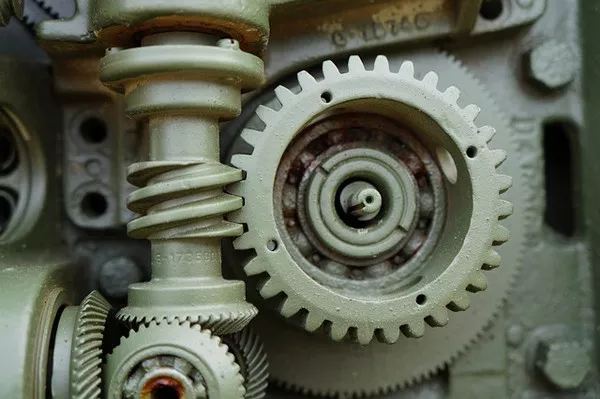Australian startup Neara is making waves in the utility sector with its artificial intelligence-enabled tools, providing utilities the ability to create intricate maps of their networks and simulate the impact of extreme weather events on assets. This groundbreaking technology offers a comprehensive solution to vegetation risks, reduces manual surveys, and introduces a new era of predictive maintenance across utility networks.
Neara initiates its process by constructing a physics-informed digital twin of a utility’s network. This digital replica incorporates multiple layers of data, including GIS data, LiDAR scans, operating conditions, inspection records, satellite imagery, and weather data. The resulting 3D models allow for the identification of the most vulnerable equipment and provide a visual representation of the potential impact of upgrades.
The company’s LiDAR technology, boasting a 99% precision rate, classifies various objects such as trees, buildings, poles, vegetation, antennas, and other roof structures. Neara’s automated LiDAR system can reportedly classify more than 1,000 miles daily, streamlining the identification of potential risks.
AI modeling takes center stage in helping utilities prepare for extreme weather events by providing predictive data on precipitation, wind speed and direction, storm surge, and exposure to ice and snow. This information enables utilities to proactively address potential vulnerabilities, such as raising the clearance of distribution lines in areas prone to increased rainfall.
Neara’s platform goes beyond predicting weather-related impacts; it can simulate failure conditions and identify high-risk assets before an event occurs. For instance, the system can detect vegetation overgrowth in high-voltage danger zones, prompting timely actions such as pruning and clearance.
The success of Neara’s tools is evident in their deployment across various utilities. As of September 2023, the platform has managed 1 million square miles and 8 million assets, providing crucial insights into vegetation impact on electrical equipment. The platform’s efficiency was demonstrated during the historic River Murray Flood in 2022 and 2023, where it analyzed 21,000 powerline spans in just 15 minutes, a task that would typically take months through manual methods.
Several utilities, including Southern California Edison and Endeavour Energy, have benefited from Neara’s tools. The platform has not only automated manual inspections but has also facilitated real-time modeling based on live sensors and open-source data, resulting in significant time savings and enhanced emergency flood mitigation.
The demand for AI tools in the power industry is on the rise, with Neara at the forefront of this transformative trend. The platform’s capabilities extend to network-wide structural analysis, stress calculations, and dynamic line rating, allowing utilities to optimize their operations, streamline maintenance, and explore opportunities for expanding renewable energy resources.
In a Deloitte survey, industry executives highlighted operational efficiency and performance improvements as the top benefits of integrating AI into electric power systems. Neara’s innovative approach aligns with these priorities, offering utilities a powerful toolset for ensuring the resilience and sustainability of their networks in the face of evolving challenges.

